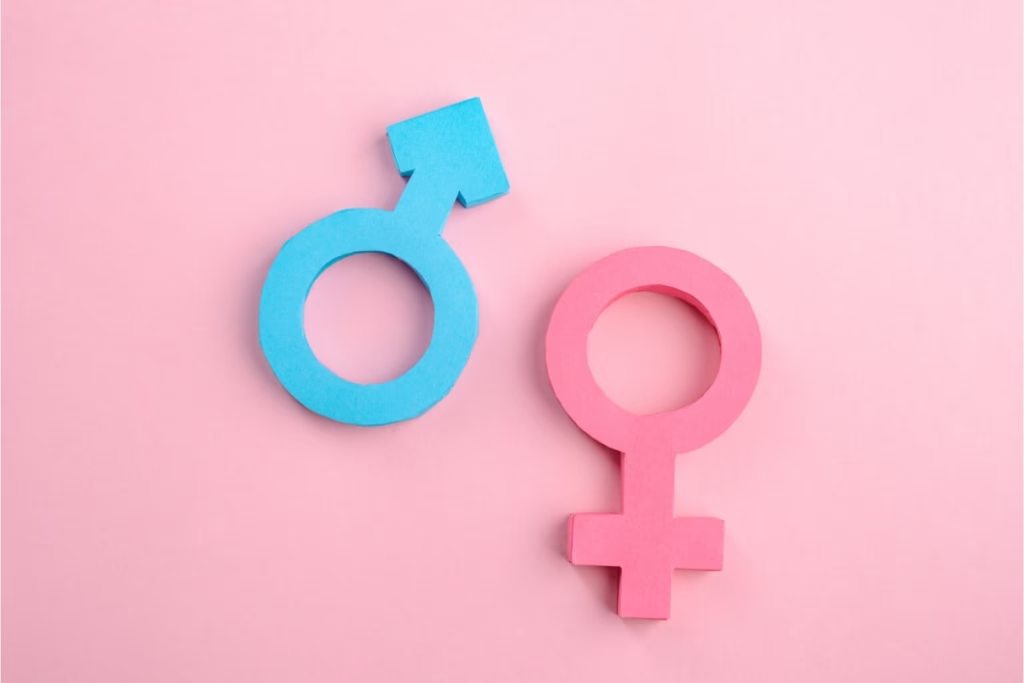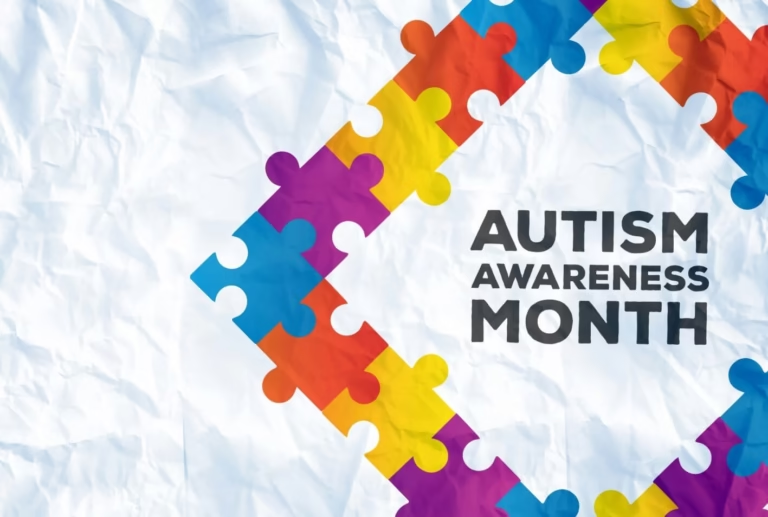Hello, I’m Leena Abraham, a healthcare professional, humanitarian, and academic with nearly 20 years of experience leading teams and services in the UK NHS (National Health Service). I’m also proud to be a woman with autism.
My life journey has been one of dedication to patient care and workplace inclusivity. However, it took a deeply personal turn when I was diagnosed with autism at the age of 40, following burnout and a series of life-changing events.
That diagnosis not only helped me understand myself better but also brought new meaning to my work and my advocacy.
Living and working as a neurodivergent individual within the NHS has given me a unique perspective on the challenges and opportunities of navigating the workplace with autism.
It has also fueled my passion for advocating for others, especially colleagues who are new to the profession, to help create a more inclusive and understanding environment.
When Elliot invited me to write about autism in women, I hesitated. I spent some time reflecting on whether I was ready to reveal this part of myself. But ultimately, I realized that sharing my story could help others feel less alone and more empowered to embrace their own.
As he noted in an earlier article, even in 2025, stigma around autism persists in society and workplaces—including within the NHS, an institution that serves many neurodiverse patients.
The existence of organizations like Autistic Doctors International, where many members choose to remain anonymous, is a testament to this ongoing challenge.
In recent years, there has been a growing focus on how autism affects women, and it’s becoming clearer that the conditions’s manifestations are more nuanced and complex than previously thought.
I know that in my case, it was this growing focus that helped me get a diagnosis.
Understanding Autism in Women: A Hidden Challenge
First and foremost, we need to recognize that autism is prevalent in both and men and women.
Autism Spectrum Disorder (ASD) is often perceived and diagnosed predominantly in men, with a large body of research and awareness focused on how it manifests in boys.
Historically, women have been underdiagnosed and misunderstood because autism presents very differently in women than it does in men. This often leads to a delay in diagnosis or a complete misdiagnosis.
For example, I was eventually diagnosed with autism at the age of 40 after having being labelled with depression for a number of years.
The correct diagnosis, along with the correct support has helped me to better meet my needs.

Gender Differences in the Presentation of Autism
Research shows that autism in women can often present in less obvious ways compared to men, making it harder for clinicians to identify.
Whilst the hallmark characteristics of autism, such as social communication difficulties and repetitive behaviors, are still present, women are more likely to mask or camouflage these traits in social settings, sometimes leading to a delay in diagnosis.
Let’s take a closer look at some of these differences.
1. Social Camouflaging
One of the most significant factors contributing to the under diagnosis of autism in women is the tendency to mask their symptoms.
Women are often more adept at mimicking socially acceptable behaviors and imitating appropriate responses in social interactions.
For example, a woman with autism might closely observe others to learn social rules, even if she doesn’t fully understand them.
Talking and dressing in a certain way and making a conscious effort to fit in is essentially a coping mechanism, known as “camouflaging”.
However, it can be emotionally exhausting trying to fit into every situation and may lead to anxiety, depression, or burnout.
This social camouflage can be particularly challenging because, on the surface, a woman may appear socially competent.
However, beneath the facade, she might struggle with feelings of isolation, confusion, and self-doubt.
This discrepancy between outward behavior and inner experience can make it difficult for clinicians, friends, and family to recognize autism in women until later in life.
2. Sensory Sensitivities and Interests
Like men, women with autism may experience sensory sensitivities, such as an overreaction to certain sounds, textures, or lights.
However, women might not always express these sensitivities in the same way. This is very much related to social camouflaging which we addressed earlier.
Women may recognize their overreaction and often become more adept at avoiding certain environments, leading to fewer obvious signs of sensory overload.
For example, they may choose to avoid noisy places such as nightclubs and parties and favor intimate gatherings and cafes instead. All of these are still acceptable within societal norms.
In terms of special interests, women with autism may have deep passions for subjects that are often viewed as more socially acceptable or gender-normative, such as animals, literature, or art.
For example, I am deeply passionate about skincare – a subject area that many women are interested in.
However, my passion for skincare is deeper than most as I enjoy learning about the active ingredients in products and will undertake extensive primary research before using them.
This contrasts with the stereotypical “nerdy” interests often associated with autism, like technology or mechanical systems.
These interests often make it harder to distinguish between women with autism and those without, as on the surface we may not appear to have the same intensity of obsession seen in male presentations.

Autism in Women: The Diagnostic Challenges
Similar to my own diagnosis journey where I was misdiagnosed with anxiety and depression, women with autism are more likely to be misdiagnosed with other conditions, such as anxiety, depression, or personality disorders, which may obscure the underlying autism.
The traditional diagnostic criteria for autism have been shaped largely by research on male populations.
The Diagnostic and Statistical Manual of Mental Disorders (DSM-5), which provides guidelines for diagnosing autism, doesn’t fully address the gender differences in how the disorder manifests.
This has contributed to the misconception that autism is a predominantly male condition.
Studies indicate that the male-to-female ratio for autism is often skewed, but this doesn’t necessarily reflect the true number of women on the spectrum; it could be a reflection of diagnostic biases and gendered differences in presentation.
The fact that autism in women is often overlooked has serious implications. Late diagnosis can delay necessary support, and the lack of early intervention may contribute to struggles in social relationships, education, and career development.
This paper outlines some of the diagnostic challenges in women if you would like to learn more barriers to autism diagnosis in women.
The Impact on Women’s Mental Health
Women on the autism spectrum are at a higher risk of mental health challenges, partly due to the stress of masking their symptoms, the difficulty of navigating social situations, and the lack of understanding from others.
Studies have shown that women with autism are more likely to experience depression, anxiety, and self-esteem issues compared to their male counterparts.
The pressure to fit into societal norms can lead to an overwhelming sense of isolation, imposter syndrome, and chronic fatigue. If this an area you are interested in learning more about.
This paper is a good start: Psychological wellbeing in autistic women.
Many women with autism report that their internal experiences, such as social confusion, emotional overwhelm, or difficulty processing sensory input, are not taken seriously.
This lack of recognition can exacerbate feelings of alienation, contributing to mental health struggles.
However, once a diagnosis is made, many women report a sense of relief and validation, as it allows them to better understand their experiences and access appropriate resources.
Personal validation is, however, only the first step in self-acceptance.
How do we then share the diagnosis with our line managers, colleagues and team members so that they may also understand us?

The Importance of Tailored Support
Recognizing and understanding autism in women is essential for providing the appropriate support and intervention.
Tailored approaches that account for the unique ways autism presents in women are critical to improving outcomes and quality of life.
These approaches should include:
- Early Diagnosis and Intervention: By recognizing the subtler signs of autism in women, clinicians can diagnose autism at an earlier age, which opens the door to therapies, support systems, and education that can be critical for lifelong success both in and out of the workplace.
- Social Skills Training: Women with autism often benefit from social skills training that can help them understand and navigate social nuances more effectively. These interventions should be designed with a gender-sensitive lens to account for how women may experience social challenges differently.
- Mental Health Support: Addressing the mental health needs of women on the autism spectrum is essential. Offering counseling, therapy, and support groups can help women cope with the emotional toll of living in a world that often doesn’t understand their needs.
- Encouraging Acceptance and Self-Advocacy: It’s important to foster an environment in which women with autism feel accepted for who they are, not just for their ability to mask their symptoms. Encouraging self-advocacy and providing platforms for women to share their experiences can reduce the stigma surrounding autism and promote inclusion.
If you identify as a female with autism, and are looking for ways to help yourself, The National Autistic Society offers a useful resource bank.
Conclusion
Autism in women is a complex and often underrecognized condition that requires greater attention and understanding.
By acknowledging the unique ways autism presents in women – through social masking, subtle sensory sensitivities, and different special interests we can work towards more inclusive and supportive workplaces and societies.
Early diagnosis, tailored interventions, and mental health support are crucial for empowering women on the autism spectrum to lead fulfilling lives.
If you think you may have autism, the first step is to speak with your GP who will be able to undertake an initial assessment and if appropriate they can then refer you to specialists to confirm the diagnosis.






















